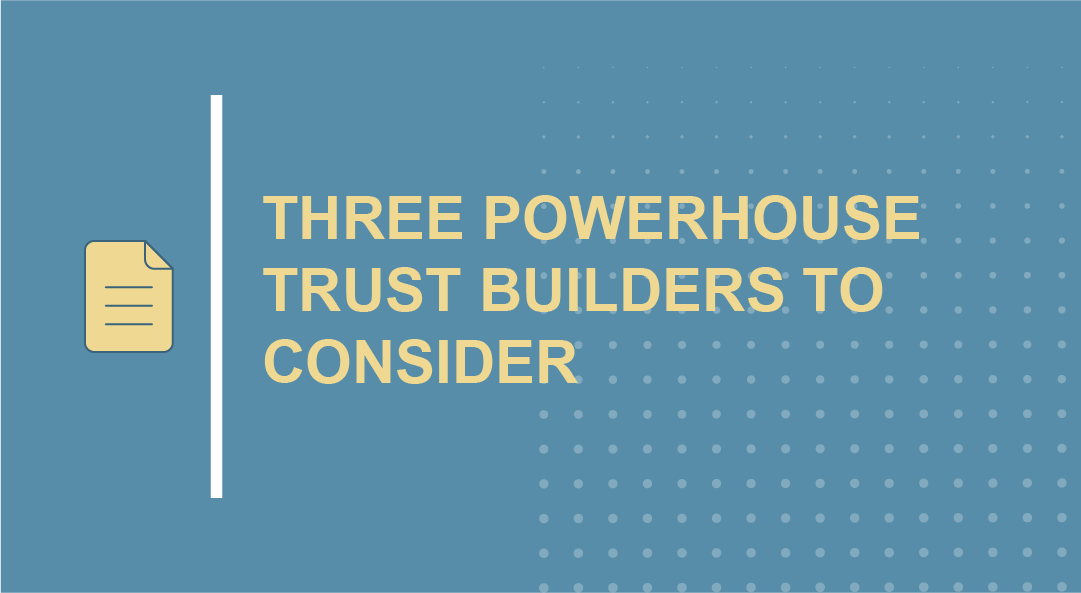I’ve been diving deep into research on trust lately. When trust is present in an organization great things happen. There’s less anxiety. There’s more comfort in sharing concerns. This leads to people more freely sharing suggestions on how to make things better and staff are more likely to stay.
Trust takes a long time to build and a short time to lose. Lots of factors are involved. In fact, there’s so much to say that Dr. Katherine Meese and I wrote an entire book on the subject.
Dr. Meese and I found that there are certain tools and processes organizations put in place that tend to create conditions that supercharge trust. For example:
A top-notch onboarding system. Organizations that do a good job in this area spend time reassuring new hires that they’ll get past the “fear and doubt” phase. They also focus on helping them feel connected to their coworkers early on. We call this emotional onboarding. It reduces turnover and builds trust.
Great skill-building and development. Today’s talent wants to feel invested in. Let them know from Day 1 you want them to have a future with you. Offer development that’s personalized for their goals, learning styles and natural talents. Follow through with regular conversations on this subject.
A commitment to wellbeing. Providing access to wellbeing resources is a great start, but it’s just as important for leaders to regularly ask, “What are you struggling with?” and “What’s worrying you right now?” When employees feel safe enough to answer truthfully, you know you’ve done a good job of building trust.
To learn more about the elements of trust, I invite you to read The Human Margin.







